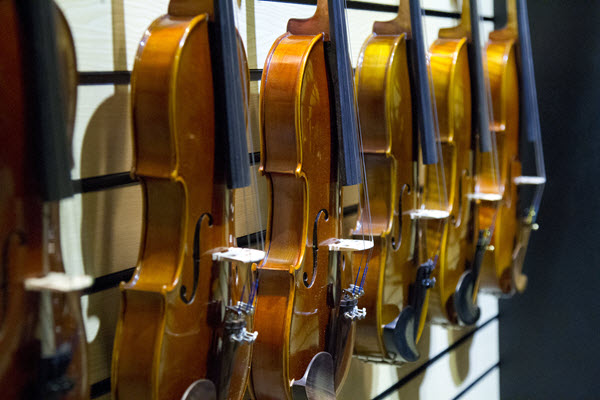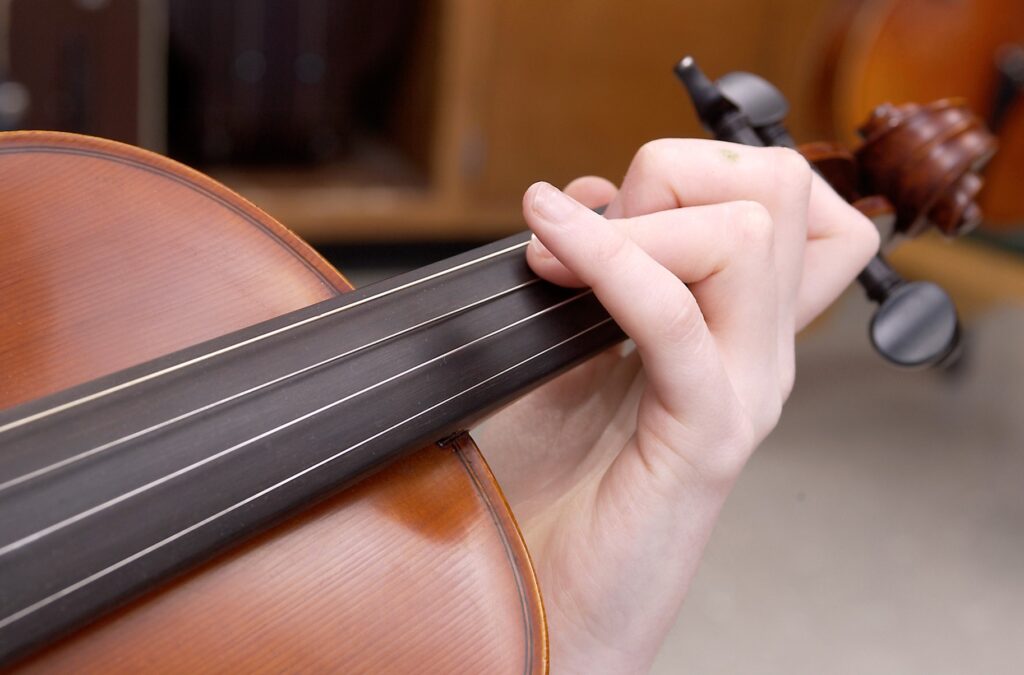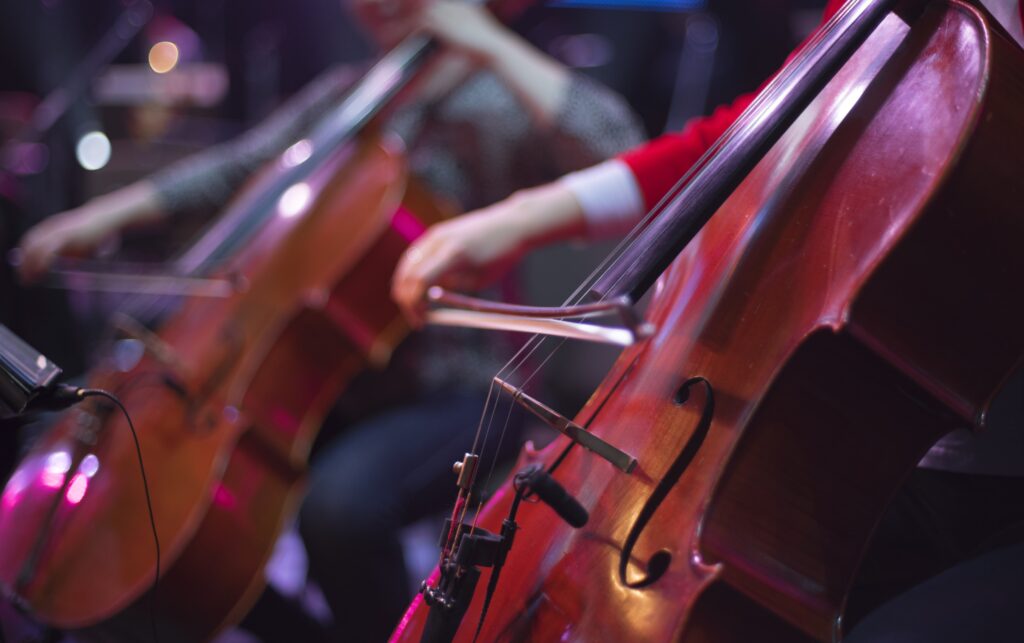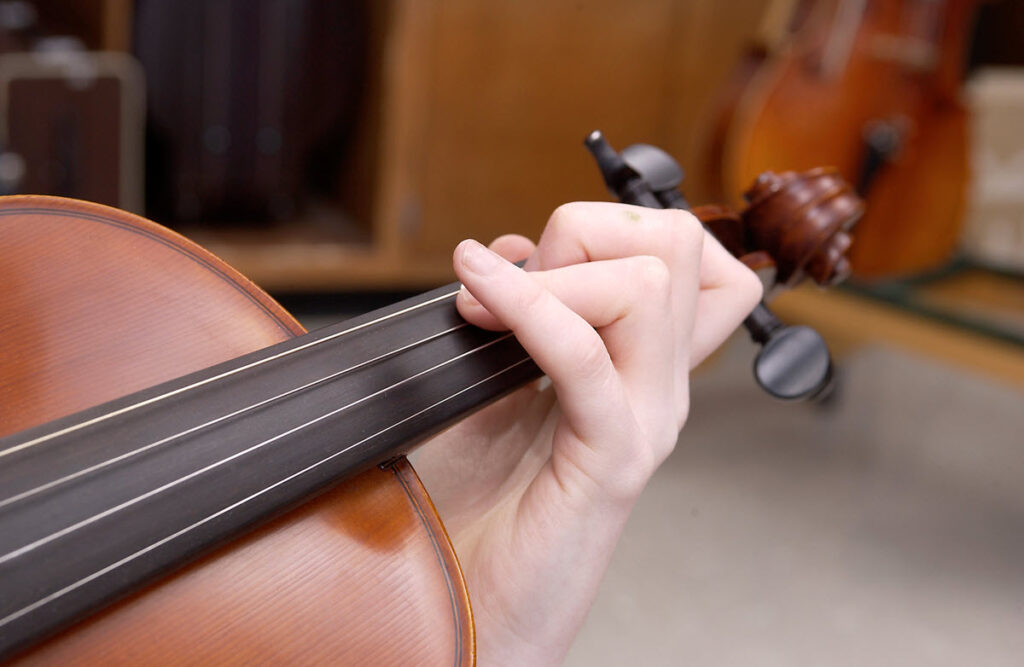What’s the Difference Between Fiddle and Violin?
It’s all about the approach.
In the world of stringed instruments, it’s a common question. After all, at first glance, a fiddle and a violin look alike. They seem to sound the same, too, when it comes to tone and range. But there must be a clear distinction, right?
Actually, no. In fact, there is no significant physical difference between the instruments. Rather, what demarcates the two is mostly the music being played and the musical approach being taken. When playing folk, country or bluegrass, for example, the instrument is understood to be a fiddle, but when playing classical music, it’s a violin. Want to know more? Keep reading …
THE VIOLIN
The violin is perhaps the most well-known instrument in the string family. The word “violin” comes from the Italian word violino, and the first instruments of the same name appeared around the 16th century. When a bow is pulled against the violin’s four strings (a technique called “bowing”), vibrations are created that are amplified by the instrument’s hourglass-shaped wooden body. The violin’s sound emanates from two f-shaped holes carved in the body, called “f-holes.”
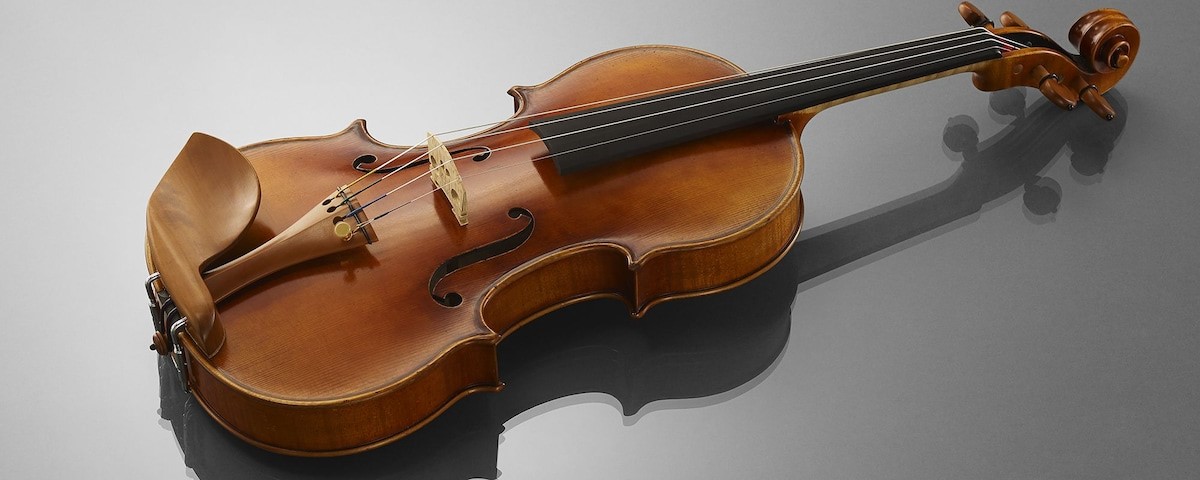
A violin’s strings are tuned to the notes G, D, A and E. The instrument operates in the soprano range and its neck is fretless. Each string is tuned by one of four tuning pegs at the top end of the neck (the “scroll”).
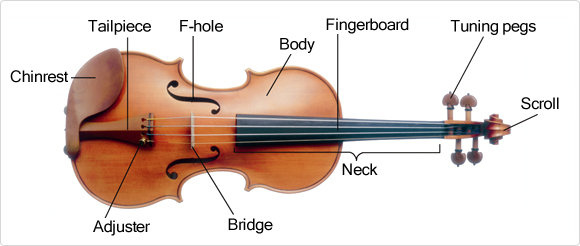
Players hold the violin with one hand, using that hand’s fingers to press down on different areas of the strings along the neck, bowing the instrument with their other hand. (The strings can also be plucked with the fingers, creating a brighter, more staccato sound.) The chinrest at the bottom end of the violin is placed between a player’s chin and shoulder to steady it.
When performing, a violinist will typically take advantage of the instrument’s entire range of pitches, playing all over the fingerboard, from the notes nearest to the tuning pegs to those all the way up the neck. This, as we will see shortly, differs from common fiddle playing.
THE FIDDLE
The term “fiddle” is a generic, colloquial or even just an affectionate name for a violin. The word is likely derived from the Latin fidula — an ancestor of the bowed stringed instrument known as a lira. Like the violin, the fiddle has four strings tuned to G, D, A and E, and, again, a bow is used to create friction with the instrument’s strings to create the sound, which emanates from a pair of f-holes carved into the body. (As with the violin, the player can also pluck the strings with their fingers, though fiddle is mostly bowed.)
A fiddle often sounds as if it’s being bowed faster than a violin. One reason for this is that a fiddler will generally only play the notes nearest the tuning pegs, keeping his or her hand in what is known as “first position” (see illustration below). In contrast, violinists tend to utilize the entire fingerboard and full range of notes.
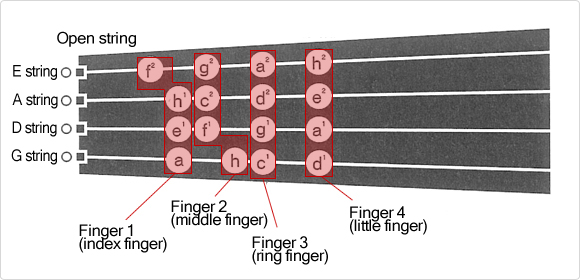
PHYSICAL DIFFERENCES
By and large, fiddle and violin are pretty much the same physically, but there can be some minor structural differences that are worth noting. For example, some fiddles may have a flatter (i.e., less arched) bridge as compared to violins. In effect, this brings the strings closer to the instrument’s neck and fingerboard for an easier “action,” allowing fiddlers to do things like play two or more notes at a time and facilitating faster playing.
Another difference is the type of strings preferred by violinists — gut or synthetic-core — versus the steel-core strings typically chosen by fiddlers, who prize the crisp sound those strings lend to the music.
Finally, some modern fiddles may include a fifth, lower C-string, although this distinction can be more of a grey area when considering contemporary electric violins, which are also often called “electric fiddles,” given that some electric versions of the instrument also offer a lower C-string.
FIDDLE VS. VIOLIN MUSIC
The fiddle is used in country and bluegrass, Cajun and Appalachian string bands, Irish and Celtic folk tunes, and even traditional West African music — genres that often call for solos or other musical embellishments. Fiddle music is usually performed at a fast tempo designed to get listeners up and dancing,
Violin is used mainly to play classical music, as performed by orchestras, symphonies and chamber groups, all musical environments prized for precision over creative interpretation. As such, violin music rarely, if ever, calls for improvisation.
Classical violinists are trained to be very precise in how they play a piece; there must be no deviation from the music as it was written by the composer. Fiddlers, on the other hand, are given the freedom to interpret the music they play in their own unique way, and are also encouraged to create their own signature playing style.
For an example of some great fiddle playing, look no further than country icon Alison Krauss, who both plucks and bows her fiddle in the country tune “Choctaw Hayride,” or check out Michael Cleveland & Flamekeeper’s “Lee Highway Blues.” An example of technical violin music can be found in this performance of a Beethoven Concerto, which involves more musical precision.
PLAYING DIFFERENCES
The biggest differences between fiddlers and violinists lie in the music they tend to play and the approach they take to playing their instruments. Fiddle music is more common during celebratory get-togethers like square dances, while violin music is mostly meant for more cerebral, contemplative musical performances. Fiddlers also often play “by ear,” without sheet music, whereas classical violinists adhere strictly to the written notation.
Playing style can vary subtly amongst violinists and fiddlers, but one common difference is the way a fiddle player holds their instrument. Fiddlers tend to rest their palm against the neck, instead of allowing space between it and their hand, as more technically-minded violinists might do. In addition, when using the bow, fiddle players sometimes place their hand higher up the bow than violinists would, making it easier to play at fast tempos. Finally, fiddlers often employ non-traditional playing techniques, such as string bending or extended double- and triple-stops (where two or three strings are bowed simultaneously).
Yamaha offer a wide range of student violins and electric violins.












